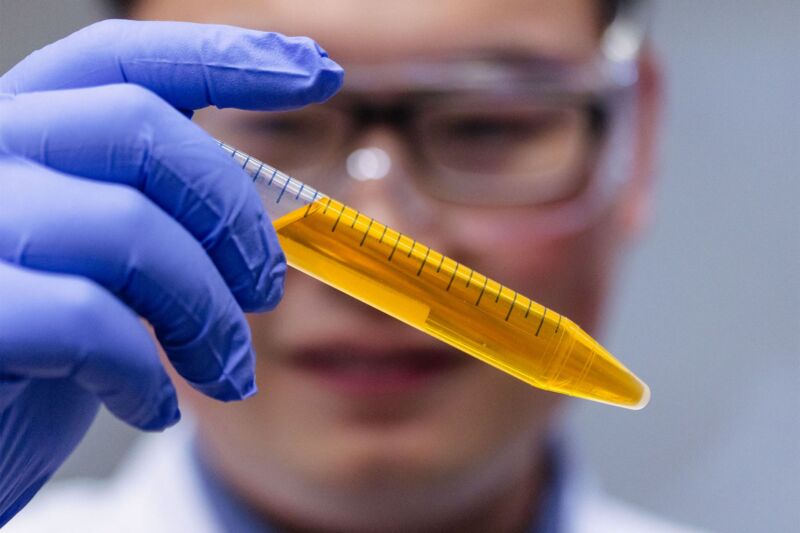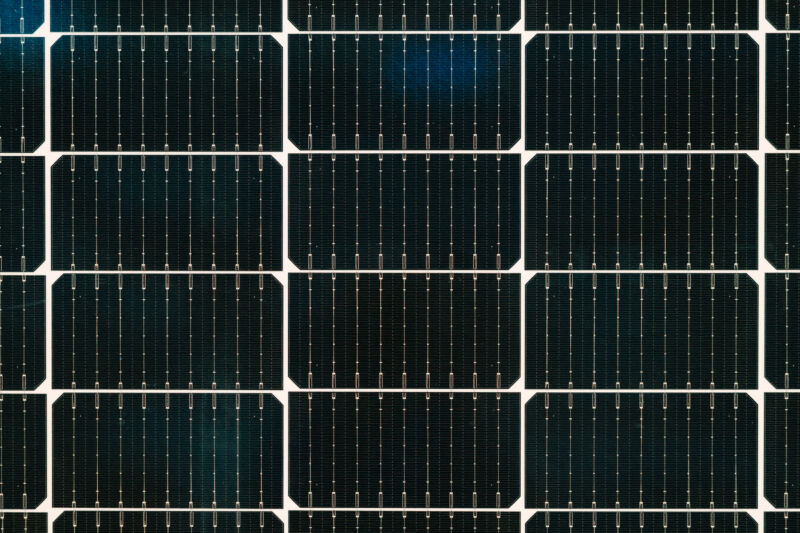Grid-scale batteries: They’re not just lithium

As power utilities and industrial companies seek to use more renewable energy, the market for grid-scale batteries is expanding rapidly. Alternatives to lithium-ion technology may provide environmental, labor, and safety benefits. And these new chemistries can work in markets like the electric grid and industrial applications that lithium doesn't address well.
“I think the market for longer-duration storage is just now emerging,” said Mark Higgins, chief commercial officer and president of North America at Redflow. “We have a lot of… very rapid scale-up in the types of projects that we’re working on and the size of projects that we’re working on. We’ve deployed about 270 projects around the world. Most of them have been small off-grid or remote-grid systems. What we’re seeing today is much more grid-connected types of projects.”
“Demand… seems to be increasing every day,” said Giovanni Damato, president of CMBlu Energy. Media projections of growth in this space are huge. “We're really excited about the opportunity to… just be able to play in that space and provide as much capacity as possible.”






